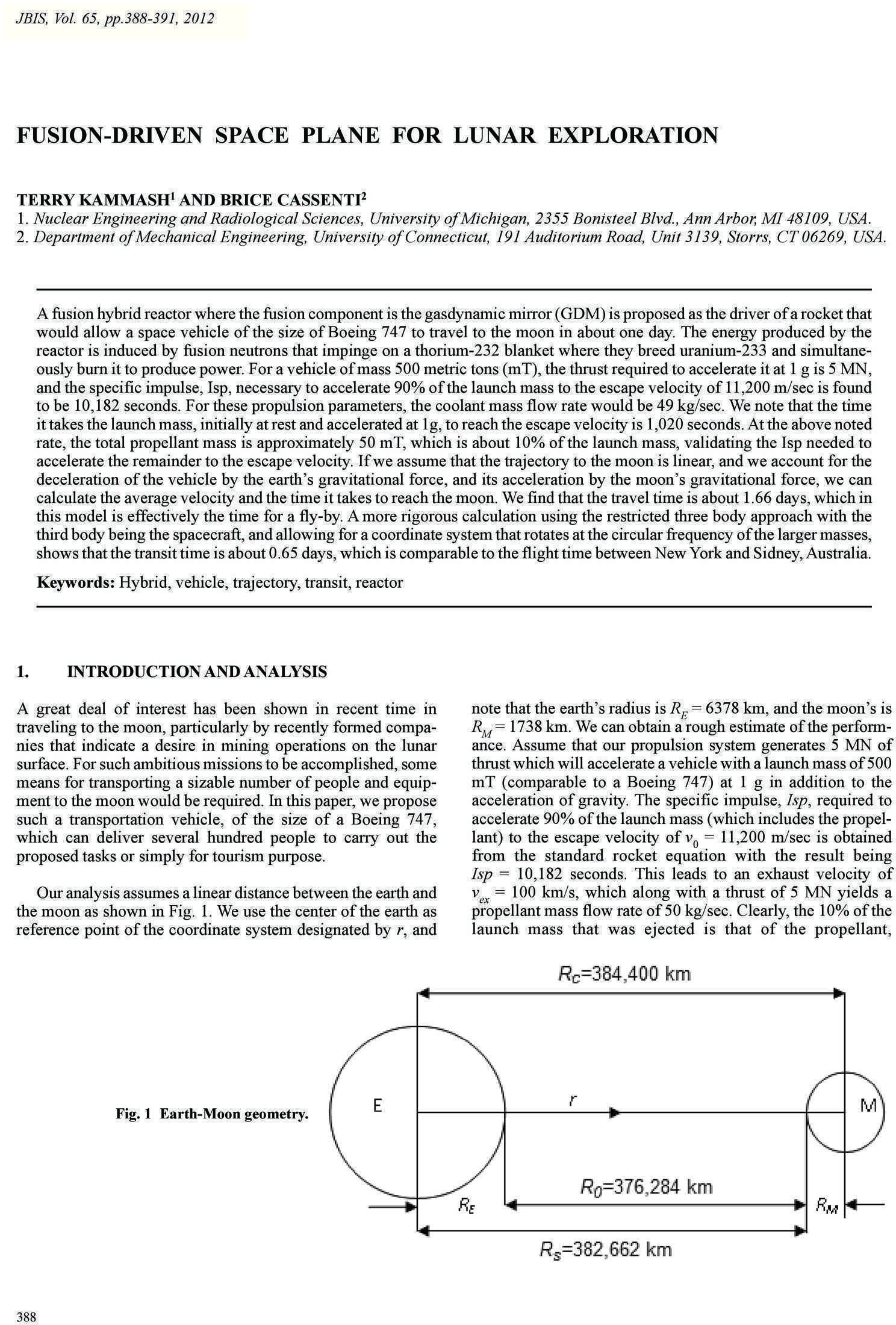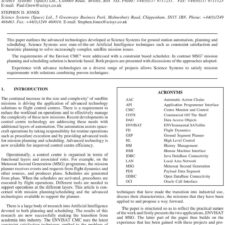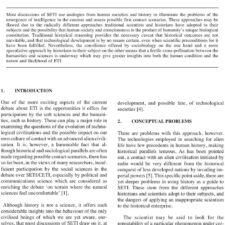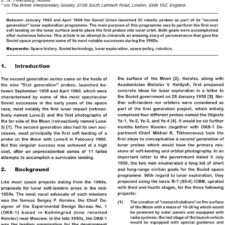Fusion-Driven Space Plane for Lunar Exploration
£5.00
T. Kammash; B. Cassenti (2012), JBIS, 65, 388-391
Refcode: 2012.65.388
Keywords: Hybrid, Vehicle, Trajectory, Transit, Reactor
Abstract:
A fusion hybrid reactor where the fusion component is the gasdynamic mirror (GDM) is proposed as the driver of a rocket that would allow a space vehicle of the size of Boeing 747 to travel to the moon in about one day. The energy produced by the reactor is induced by fusion neutrons that impinge on a thorium-232 blanket where they breed uranium-233 and simultaneously burn it to produce power. For a vehicle of mass 500 metric tons (mT), the thrust required to accelerate it at 1 g is 5 MN, and the specific impulse, Isp, necessary to accelerate 90% of the launch mass to the escape velocity of 11,200 m/sec is found to be 10,182 seconds. For these propulsion parameters, the coolant mass flow rate would be 49 kg/sec. We note that the time it takes the launch mass, initially at rest and accelerated at 1g, to reach the escape velocity is 1,020 seconds. At the above noted rate, the total propellant mass is approximately 50 mT, which is about 10% of the launch mass, validating the Isp needed to accelerate the remainder to the escape velocity. If we assume that the trajectory to the moon is linear, and we account for the deceleration of the vehicle by the earth’s gravitational force, and its acceleration by the moon’s gravitational force, we can calculate the average velocity and the time it takes to reach the moon. We find that the travel time is about 1.66 days, which in this model is effectively the time for a fly-by. A more rigorous calculation using the restricted three body approach with the third body being the spacecraft, and allowing for a coordinate system that rotates at the circular frequency of the larger masses, shows that the transit time is about 0.65 days, which is comparable to the flight time between New York and Sidney, Australia.





